A search for variable stars and compact binaries in globular clusters with HST
Manuel Pichardo Marcano
Liliana Rivera Sandoval, Thomas J. Maccarone
Cataclysmic Variable
-
White dwarf primary
-
"Main-sequence" donor
-
Roche-lobe overflow
-
Accretion disk (non-magnetic)
-
Disk instability:
-
Dwarf novae
-
2-8 mag outburst
-
Formation of CVs
Ivanova et. al (2012)
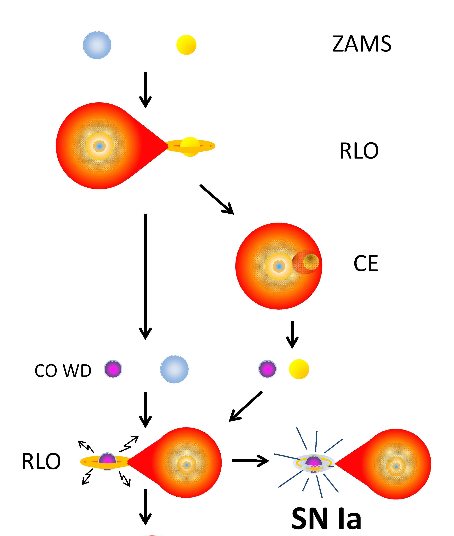
- Main sequence binary
- Roche lobe overflow
- Common Envelope
- α = Ebin/ΔEorbit
- Detached binary
- Cataclysmic Variable
Evolution of the CV
- Magnetic Breaking
- Porb > 3 hr
- Period Gap
- Fully convective donor
- Gravitational Wave Rad
- Porb < 2 hr
- Period Minimum
- Brown dwarf
- Period Bouncers
- Increase Porb
Knigge (2006)
Evolution of the CV
- Tracer evolution
- Donor mass
- Ṁ
Abril et. al (2019)
CV Population in the field
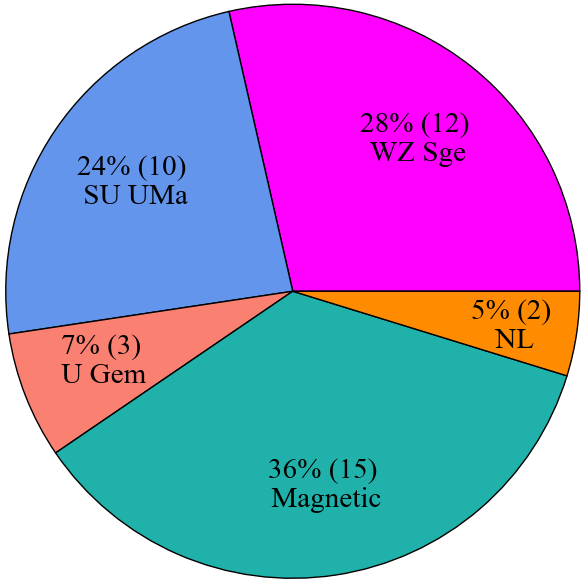
Pala et. al (2019)
- Dwarf Novae (59 %):
- U Gem
- SU UMa
- WZ Sge
Variability Search
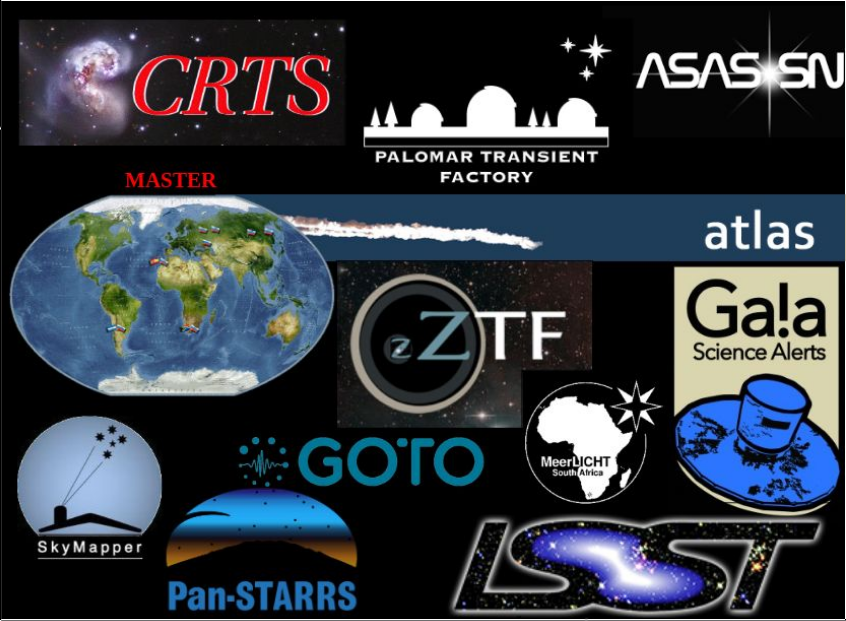
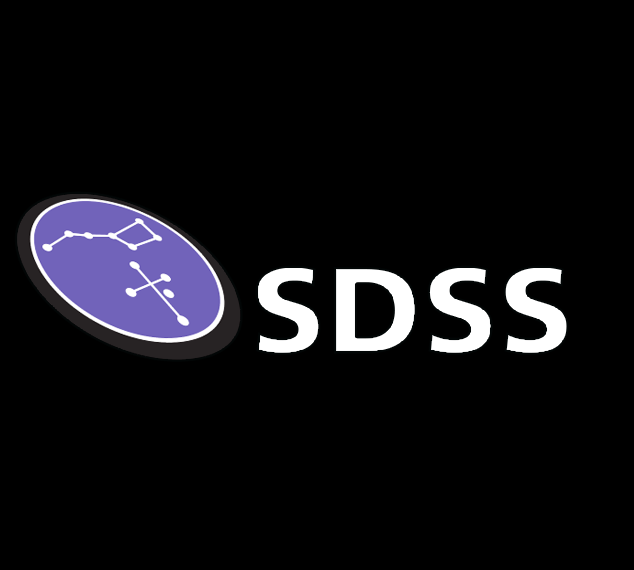
My God, It's Full of Stars
NASA, ESA, H. Richer and J. Heyl (University of British Columbia), and J. Anderson and J. Kalirai (STScI)
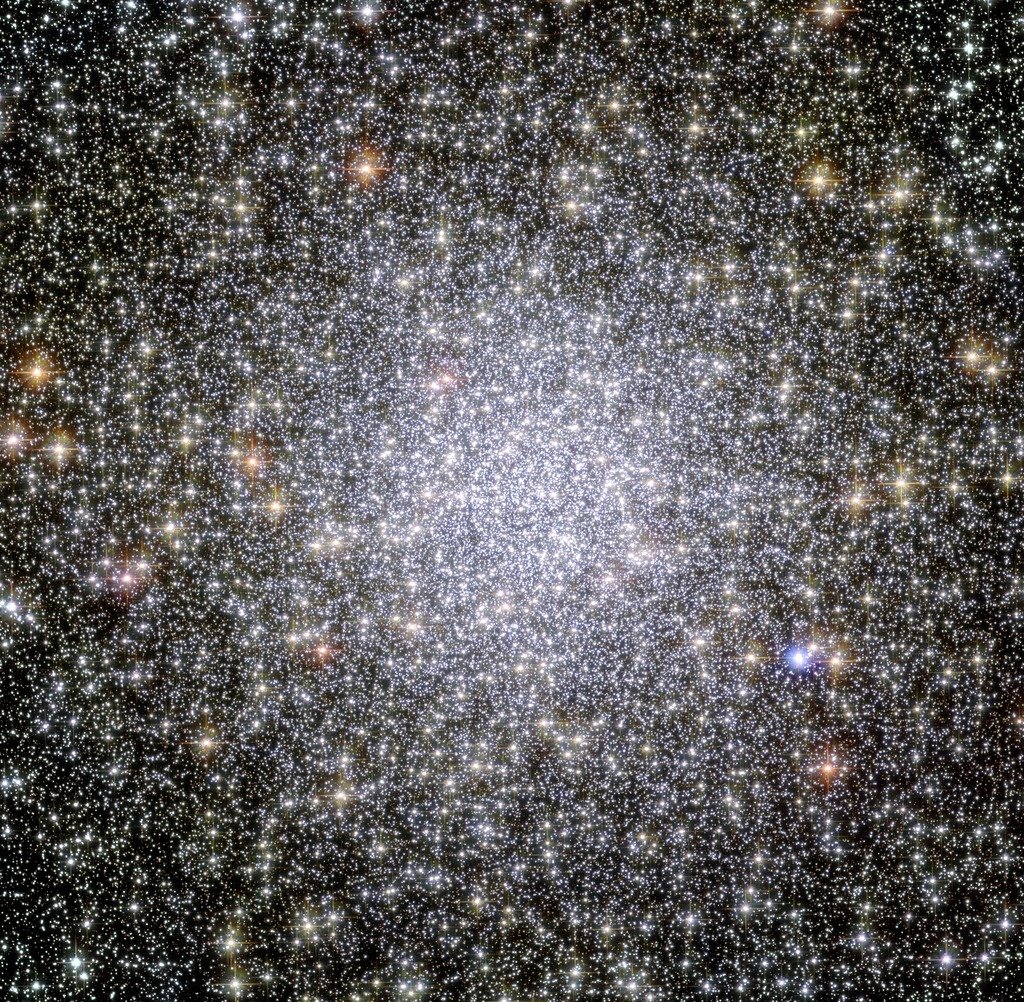
Binaries in Globular Clusters
-
Globular Clusters
- The binary population drives the dynamical evolution of GCs
-
Cataclysmic Variables:
- Large (predicted) sample at known distance
- Potentially very different from field CVs
- A lot of open questions
-
Gravitational Waves:.
- White dwarf degenerate sources for LISA
Looking of CVs in GCs
NASA, ESA, H. Richer and J. Heyl (University of British Columbia), and J. Anderson and J. Kalirai (STScI)

Finding CVs in GCs
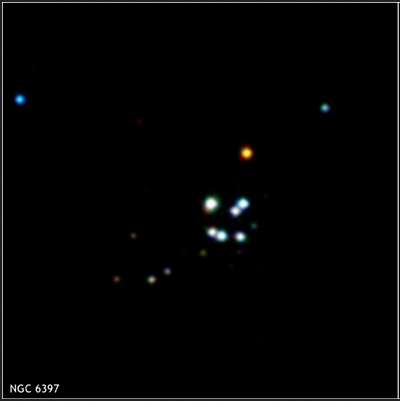
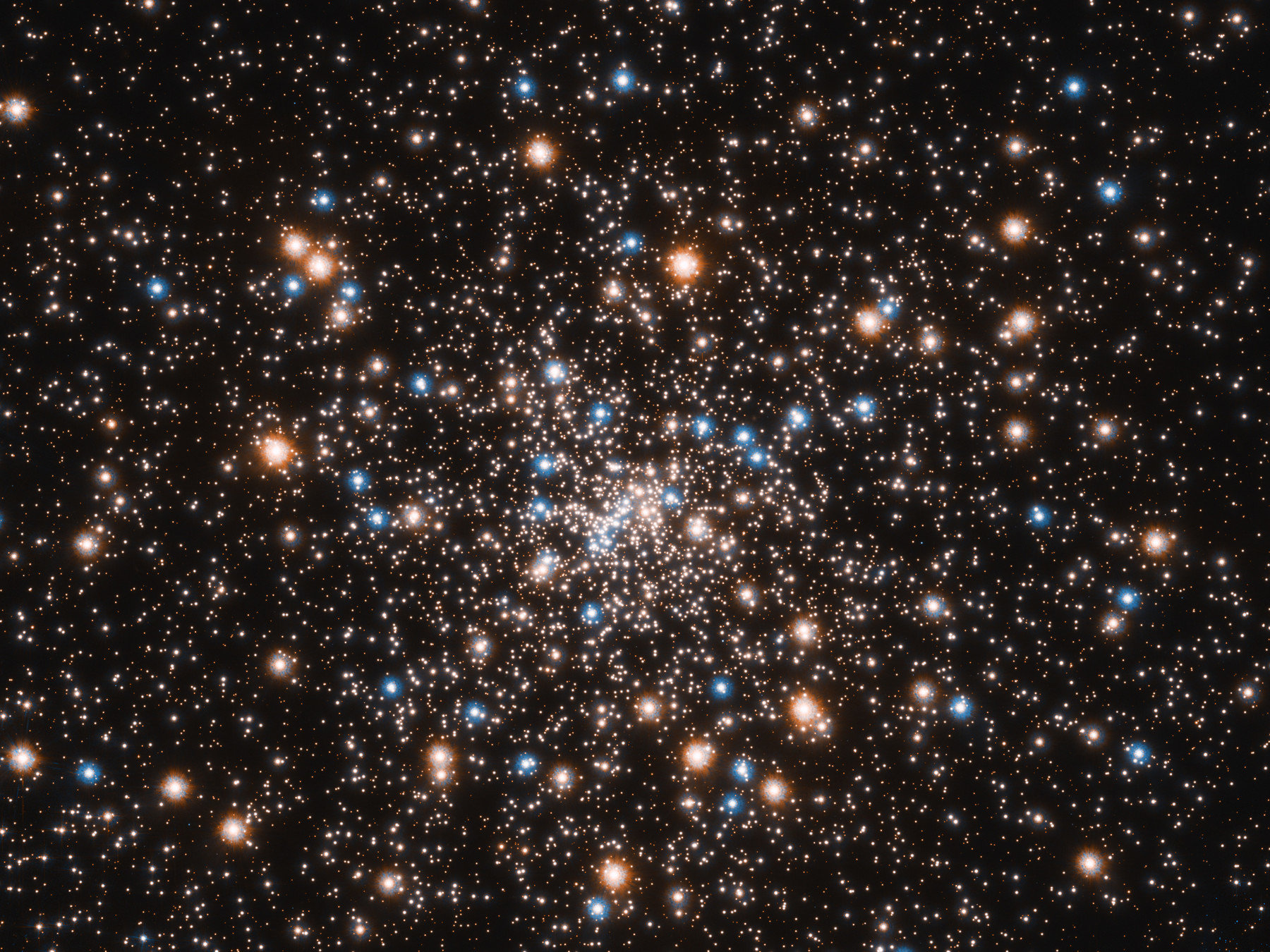
HST Optical (3' x 2')
NASA, T. Brown and S. Casertano (STScI)
HST NUV (2.7' x 2.7')
Dieball et. al (2016)
Chandra (3.65 ' x 3.65')
NASA/CXC/Northwestern Univ/J.Fregeau
1. X-rays and 2. (F)UV excess
Color-Magnitude Diagram
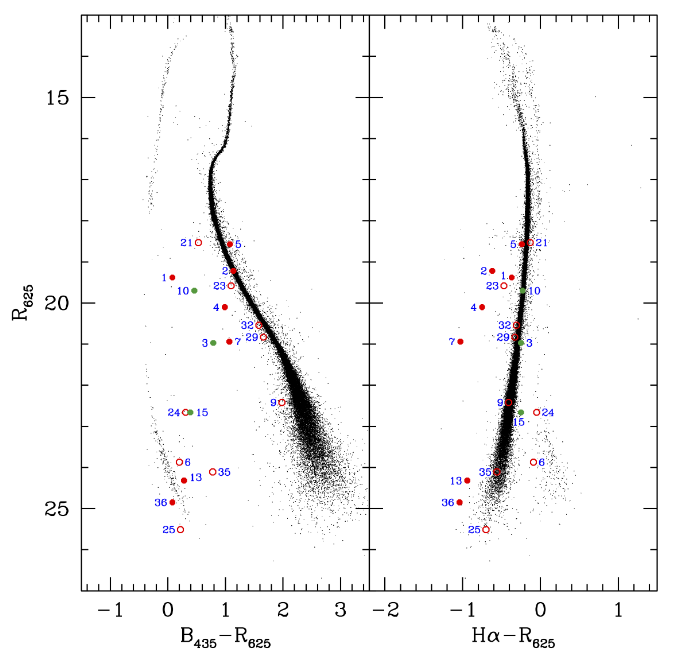
NGC 6752
Lugger et. al (2017)
-
CMDs:
- Identify blue objects
- Hα excess
-
Variability:
- Flickering
- Ellipsoidal Modulations
- Outbursts
Location, Location, Location
CVs in Globular Clusters
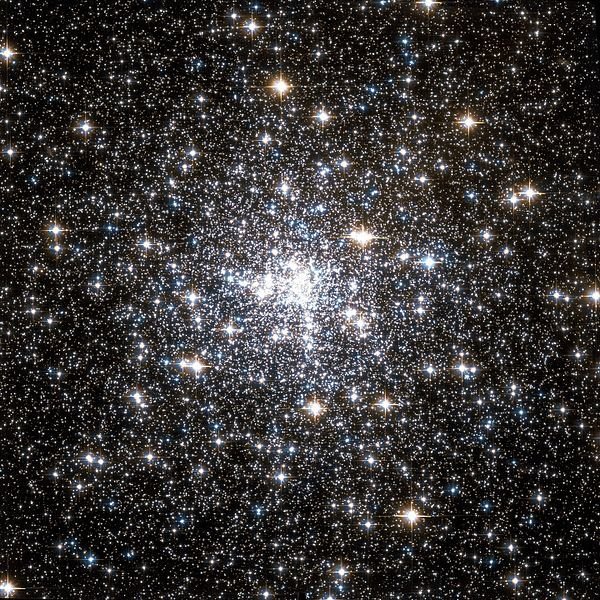

47 Tuc
NGC 6752
NASA, ESA, H. Richer and J. Heyl (University of British Columbia), and J. Anderson and J. Kalirai (STScI)
ESA/Hubble, NASA
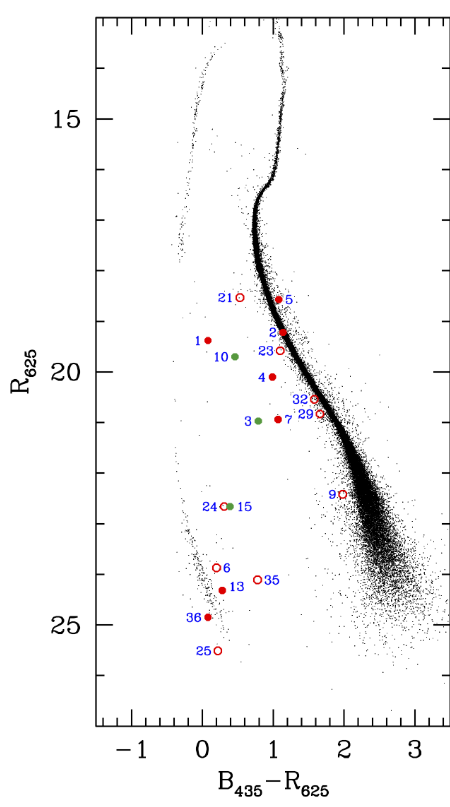
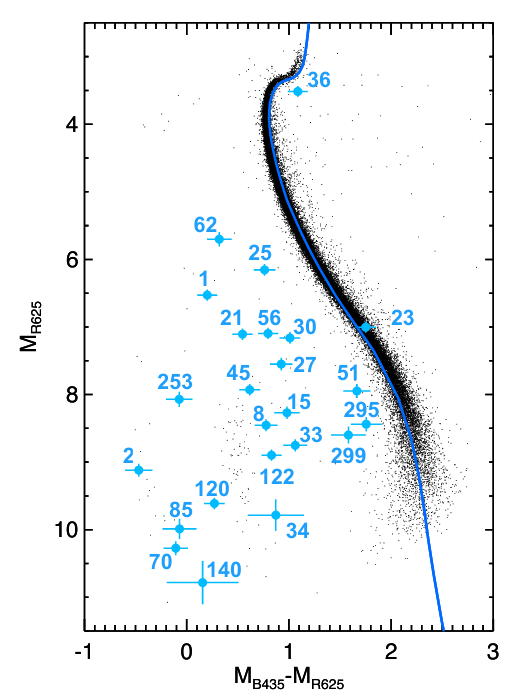
Location, Location, Location
47 Tuc
L.E. Rivera Sandoval et al. (2018)
CVs in Globular Clusters
43 CVs
16 CVs
NGC 6752
Lugger et. al (2017)
Finding CVs in GCs
-
Advantages:
- Avoid crowding
-
Disadvantages:
- Small FoV (FUV)
- Lx ≥ 1029 ergs/s
Significant X-ray bias
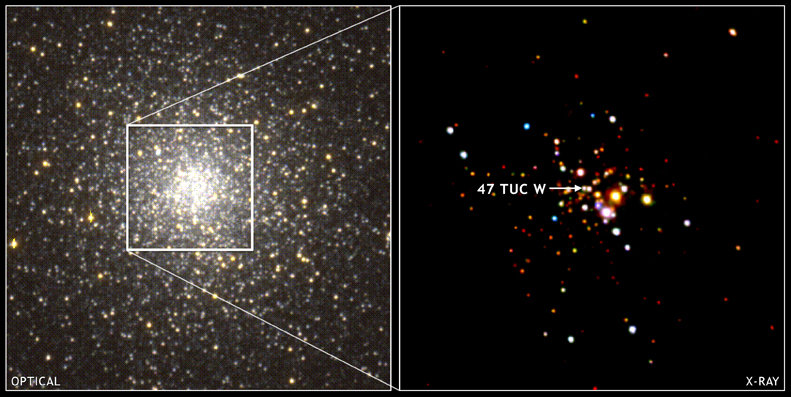
X-ray: NASA/CXC/CfA/J.Grindlay & C.Heinke; Optical: ESO/Danish 1.54-m/W.Keel et al.
CVs in GCs
-
Few of CVs per cluster
-
X-ray biased sample:
-
Lx > 1029ergs/s
-
-
Dearth of DNe:
-
Only 17 confirmed
-
-
Core-collapsed:
-
Bimodal population
-
-
Non core-collapsed:
-
1 faint population
-
-
Period distribution?
-
16 know periods
-
| GC | # CV candidates |
|---|---|
| 47 Tuc | 43 |
| Omega Cen | 27 |
| NGC 6397 (CC) | 15 |
| NGC 6752 (CC) | 16 |
| ... | ... |
Need more detections. Need more Periods
Unbiased X-ray search
7 Globular Clusters in the core and outskirts
Core vs Outskirts
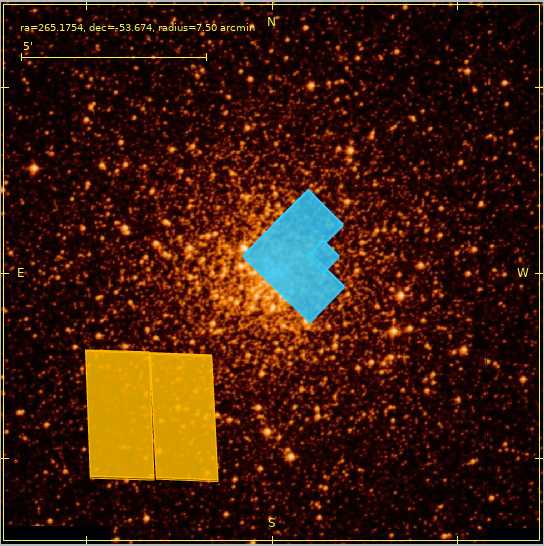
NGC 6397
-
CMDs:
- Identify blue objects
-
Variability:
- Flickering
- Ellipsoidal Modulations
- Outbursts
- Ground follow-up
Other Binaries
- Low-mass X-ray Binary
- Millisecond Pulsars
- Active Binaries

Chandra and Radio follow-up
NASA/CXC/Northwestern Univ/J.Fregeau
- Chandra X-ray
- MAVERIC Survey
Chandra and Radio follow-up
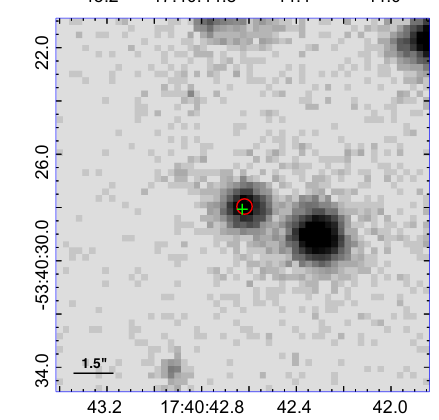
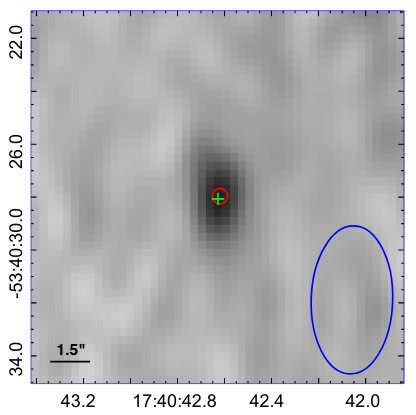
Zhao et. al (2020)
Preliminary Results
NGC 6397
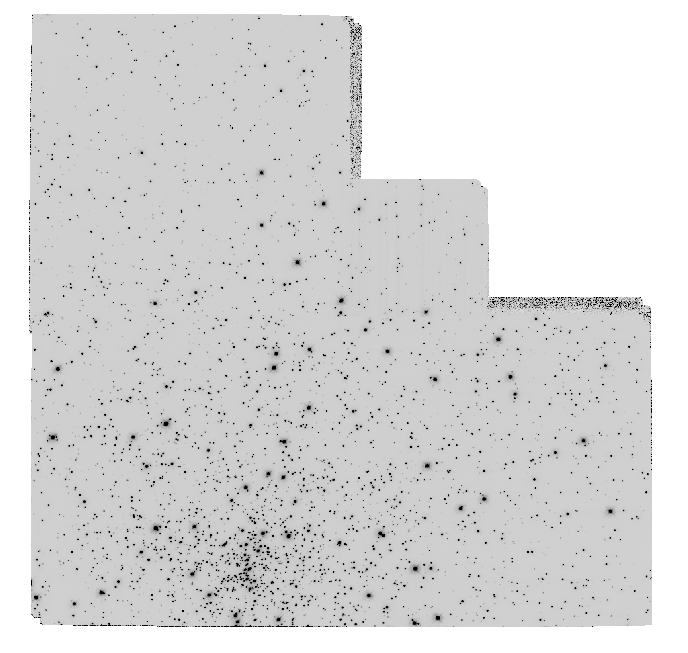
- WFPC-2
- March-April 2005:
- 126 orbits
- F814W, F606W and F336W
- Exp time: 500-700 s
Preliminary Results
NGC 6397
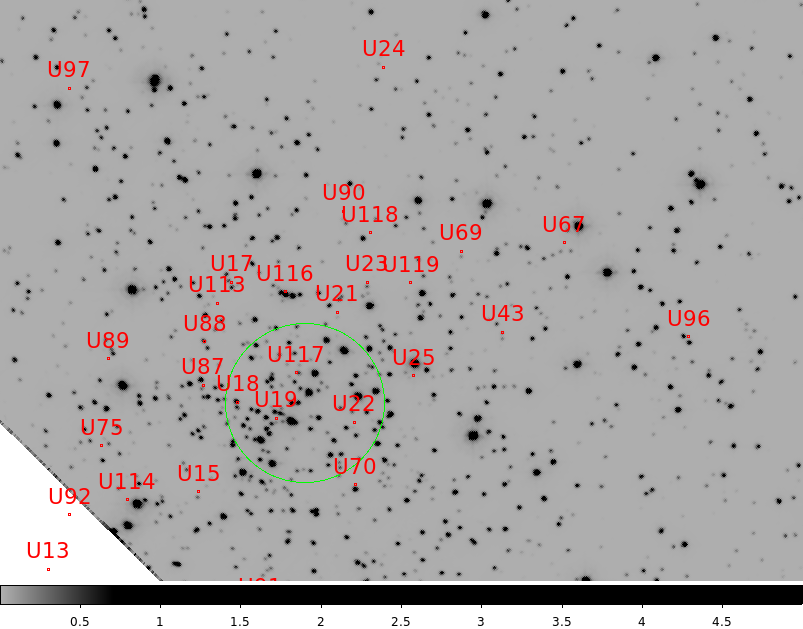
- WFPC-2
- March-April 2005:
- 126 orbits
- F814W, F606W and F336W
- Exp time: 500-700 s
A new candidate Redback MSP


-
Porb of 1.96 day
Zhao et. al (2020)